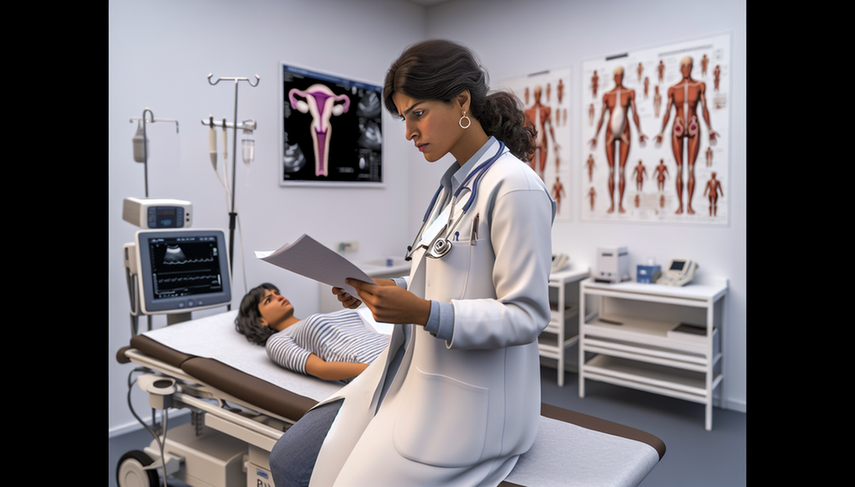Endometriosis Diagnosis: Laparoscopy, Dysmenorrhea, and Differential Diagnosis of Endometriotic Cysts and Infertility

Endometriosis is a common gynecological condition that affects a significant percentage of women of reproductive age. It is characterized by the presence of endometrial tissue outside the uterus, which can lead to symptoms such as dysmenorrhea, chronic pelvic pain, and infertility. Despite its prevalence, the endometriosis diagnosis remains challenging due to the variability of its clinical manifestations and the lack of direct correlation between symptom severity and disease extent.
The diagnosis of endometriosis often requires a multidisciplinary approach. Laparoscopy remains the gold standard for diagnosing and staging the disease, allowing for direct visualization of endometriotic lesions and their treatment through excision or ablation. However, laparoscopy is not always the first-line diagnostic method due to its invasive nature and associated risks. Therefore, non-invasive methods such as transvaginal ultrasound and magnetic resonance imaging are utilized to identify suggestive features of endometriotic cysts and other manifestations of the disease before considering surgery [1].
Chronic pelvic pain is a common symptom in endometriosis, but it can also indicate other conditions such as painful bladder syndrome or interstitial cystitis, complicating the differential diagnosis. It is crucial to conduct a detailed medical history and a thorough physical examination to evaluate all possible causes of pelvic pain, not limited solely to the reproductive system [2]. Additionally, the identification of blood biomarkers for endometriosis is under investigation, although none have yet proven to be sufficiently accurate to replace laparoscopy [3].
In conclusion, the diagnosis of endometriosis requires a combination of clinical, imaging, and surgical methods. Laparoscopy remains essential for definitive diagnosis, but advances in imaging techniques and research into biomarkers promise to improve non-invasive diagnosis in the future. It is vital to consider a comprehensive approach that includes pain management and fertility assessment to optimize the treatment of patients with endometriosis [4].
Referencias
- [1] Endometriosis: radiologic-pathologic correlation
- [2] Chronic pelvic pain
- [3] Blood biomarkers for the non-invasive diagnosis of endometriosis
- [4] Treatment of pelvic pain associated with endometriosis
Created 6/1/2025
